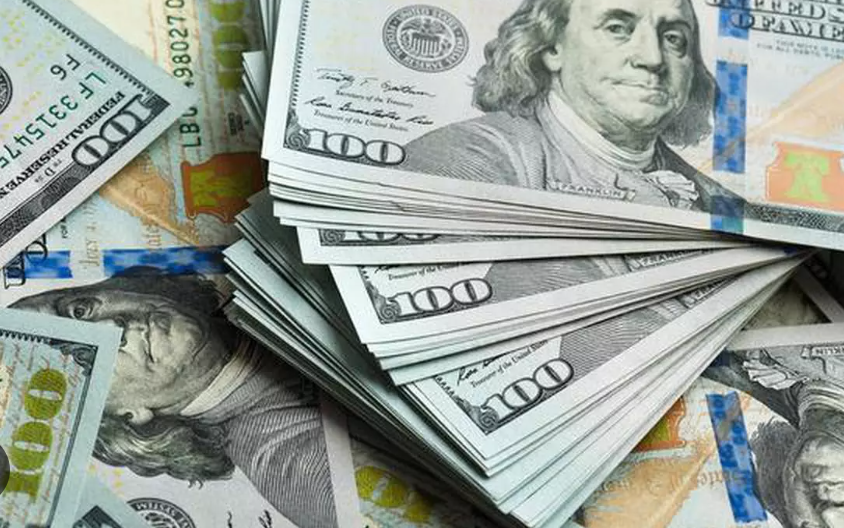$USD $GLD $SPY #USDollar #IranStrike #FinancialMarkets #TradeWars #FiscalPolicy #CurrencyTrading #Investing #EconomicImpact #AssetDemand
The recent dollar surge could be short-lived after the U.S. strike on Iran, according to financial analysts. This rally is potentially obscuring underlying issues in U.S. fiscal policy, ongoing trade disputes, and a diminishing global appetite for U.S. assets. Amidst these complexities, investors are advised to tread cautiously.
In the immediate aftermath of the U.S. military action against Iran, the U.S. dollar experienced a notable jump, as investors sought safety in the world’s reserve currency. However, this surge masks deeper concerns that could destabilize the currency’s strength moving forward. Analysts point out that unresolved trade tensions and questions about U.S. fiscal health are likely to resurface, influencing the dollar’s trajectory.
Experts are closely monitoring the situation, suggesting that the initial flight to safety might reverse as the geopolitical landscape continues to evolve. “The knee-jerk reaction to buy dollars following geopolitical risks could unwind if these risks escalate, affecting U.S. fiscal stability,” explains a senior financial strategist.
Moreover, international demand for U.S. assets, crucial for maintaining dollar dominance, appears to be waning. This trend raises alarms about potential long-term impacts on the dollar. “If global investors start pulling out from U.S. assets, this could lead to a significant shift in the dollar’s standing on the global stage,” a currency analyst added.
Investors are now faced with the dual challenge of navigating immediate uncertainties in geopolitical tensions and assessing the longer-term implications of U.S. fiscal and trade policies on their portfolios. As these dynamics unfold, the market’s direction remains highly uncertain, prompting calls for diversified investment strategies to mitigate potential risks.
In conclusion, while the dollar’s current strength reflects a typical safe-haven response, underlying issues could undermine its stability. Investors should keep a close watch on developments in U.S. fiscal policy, trade relations, and international asset demand to better gauge future movements in the currency markets.






Comments are closed.